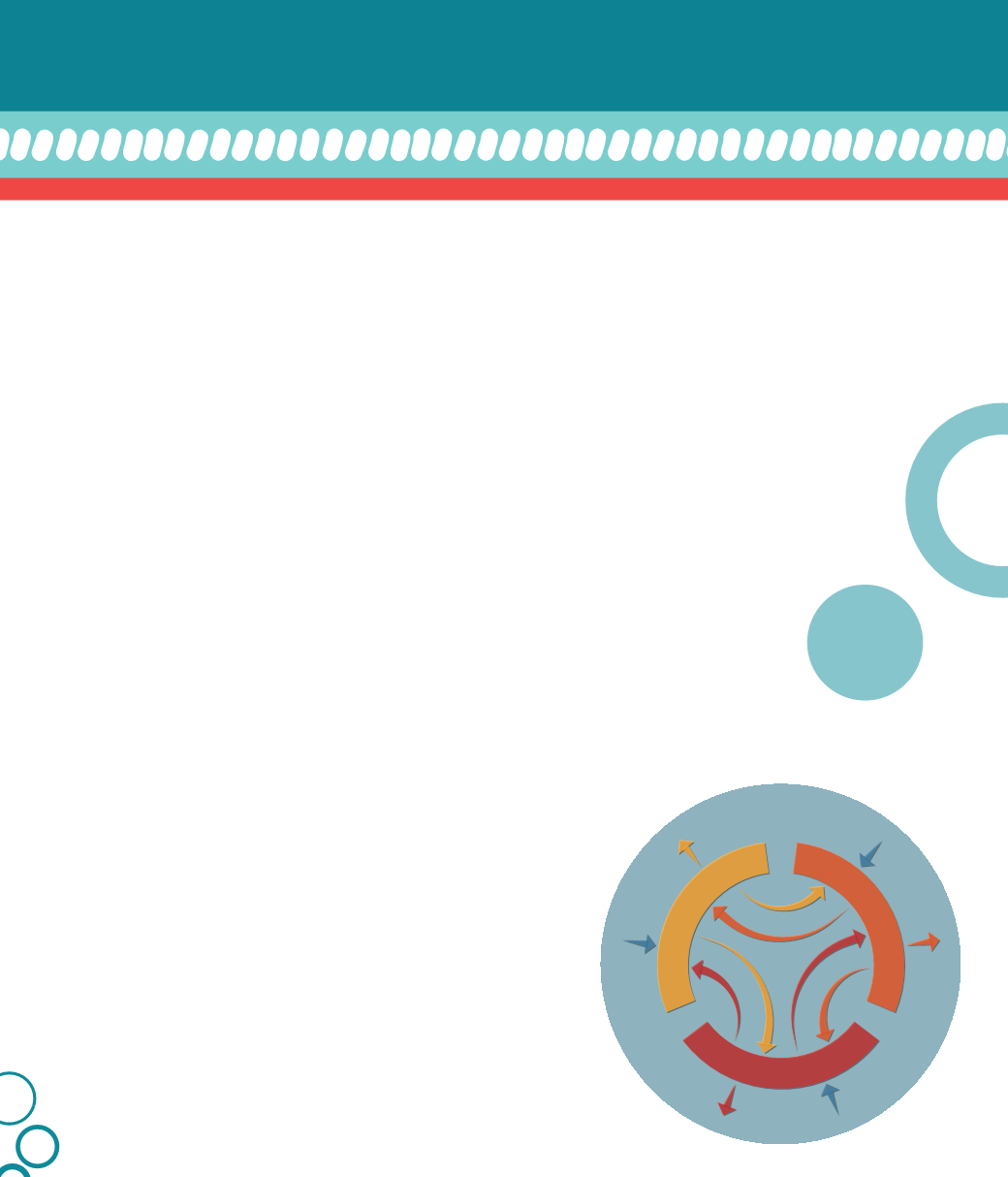

10
.
Introduction
This is a landmark year for sustainable development
globally, with the adoption of a set of 17 United Nations
Sustainable Development Goals (SDGs) that aim to
reconcile the needs of people, the planet, prosperity,
peace and partnerships. Reflecting the development
of the Green Economy approache and the Outcome
Statement of the 2012 United Nations Conference on
Sustainable Development (‘Rio +20’), the SDGs focus
more on the environment than the preceding set of
Millennium Development Goals, with a greater emphasis
on sustainable management and consumption of natural
resources, as well as the conservation and protection of
natural ecosystems.
The critical role of the ocean in sustainable development
has already been recognized through a dedicated goal -
Goal 14:
conserve and sustainably use the oceans, seas
and marine resources
for sustainable development.
However, the role that a healthy ocean plays in sustainable
development goes far beyond this goal alone. In fact, the
ocean, together with the many ecosystems, habitats and
species therein, underpins life on Earth in numerous and
highly diverse ways.
A great deal is now known about the importance of marine
and coastal ecosystems for the well-being of people around
the world (Barbier et al., 2011). Far less is known about:
• who depends most on marine and coastal ecosystem
services and where these communities are located;
• how these ecosystems are changing over time; and
• how the competing aspects of environmental
degradation, including climate change, restoration and
human dependence affect the well-being of people
(Suich et al., 2015).
Achieving sustainable development requires more than an
awareness or a measurement of
natural capital
. We must
take action to maintain and enhance the value of all four
types of
capital
upon which people depend: natural capital
(including of living and non-living components), social
capital (including relationships, norms and institutional
H
U
M
A
N
C
A
P
I
T
A
L
S
O
C
I
A
L
C
A
P
I
T
A
L
E
C
O
N
O
M
I
C
C
A
P
I
T
A
L
N
A
T
U
R
A
L
C
A
P
I
T
A
L
The relationship between the four capitals
T
h
e
r
e
l
a
t
i
o
n
s
h
i
p
b
e
t
w
e
e
n
t
h
e
f
o
u
r
c
a
p
i
t
a
l
s
components), human capital (including knowledge,
experience and wisdom), and economic capital (including
cash and economic assets).
The ocean produces half the oxygen we breathe, and
absorbs 30 per cent of the anthropogenic emissions of
carbon dioxide and approximately 93 per cent of the added
heat arising from human-driven changes to the atmosphere
(IPCC, 2013). In 2013, the ocean provided us with 135
million tonnes of fish, seafood and aquatic plants for food
and industrial application (FAO, 2015), and contributed 16
per cent of the global population’s animal protein intake
(FAO, 2014). Marine fisheries alone supported an estimated
200 million full-time equivalent jobs (Teh and Sumaila,
2011) - about one in every fifteen people employed on the
planet. Over half of nearly 5,000 patented genes of
marine organisms have found applications in
pharmacology and human health. (Arrieta et
al., 2010).
The coast is also a social home to millions of
people who enjoy the ocean in their leisure time,
a cultural home to those societies that have lived
near the coast for centuries or millennia, and the spiritual
home to many communities
across the planet whose
ancient myths and
religions are deeply
rooted in the
oceans.


















